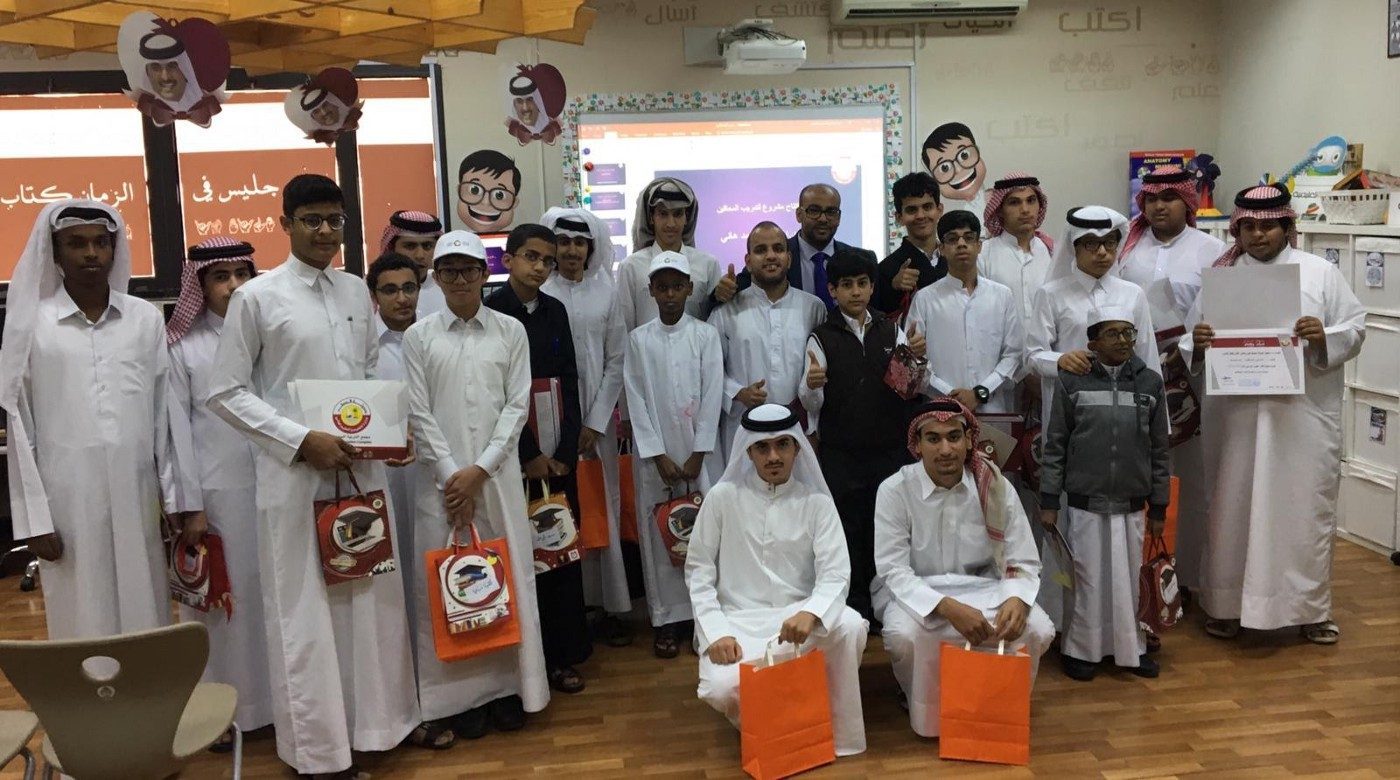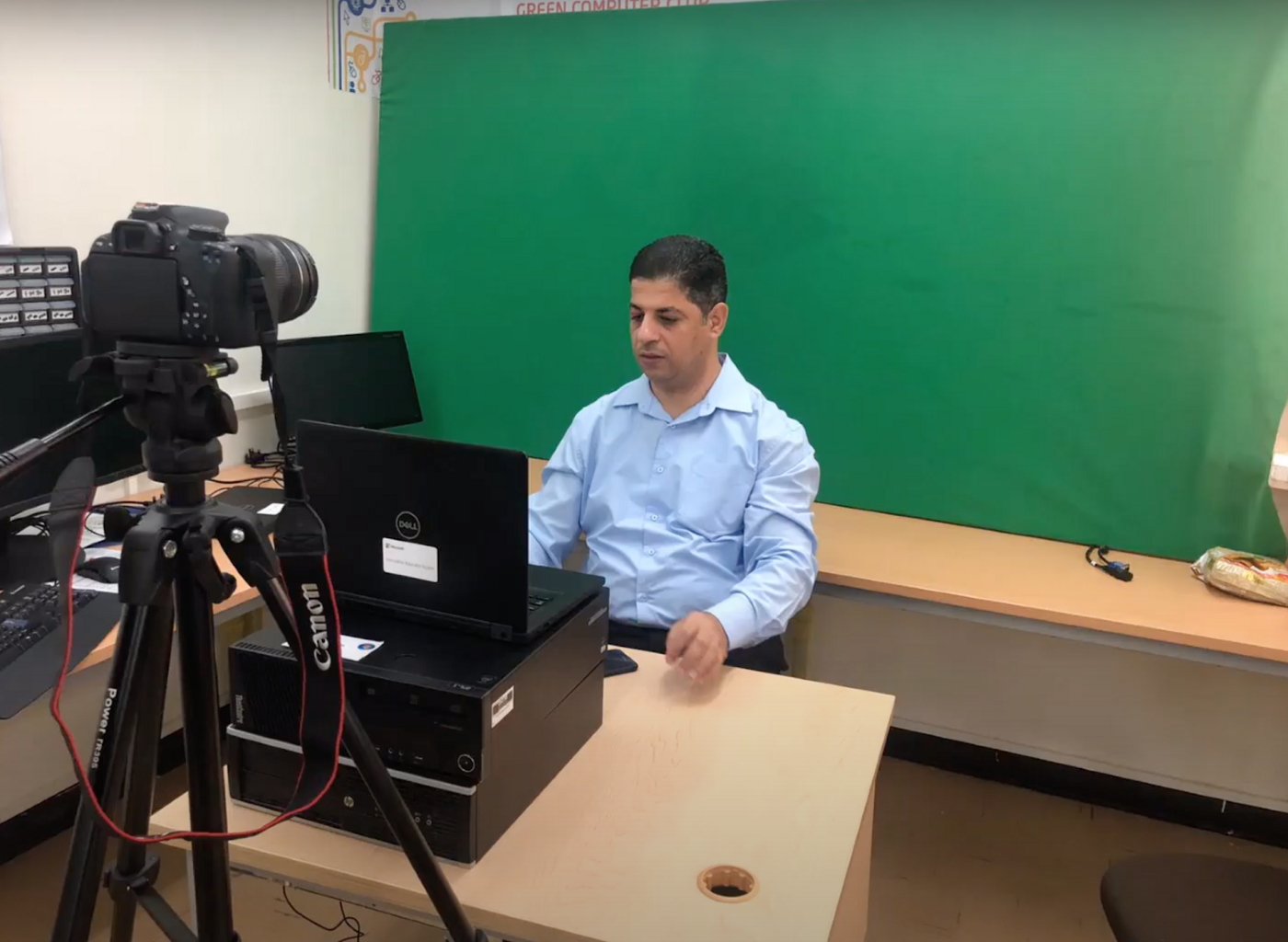by Sahar ElKabbash
Children with hearing impairments overcome unique challenges to access education in a traditional classroom, but additional hurdles have been faced since COVID-19 pushed learning online.
Since COVID-19 hit Qatar hard in March, students across the country have been accessing their education online due to social distancing restrictions. We discovered how those with partial and complete hearing loss have been affected by the move to virtual learning.
Audio Education Complex (AEC) in Qatar is a government institution for children who have hearing disabilities, including partial and total deafness. Their schools fall under the Ministry of Education and Higher Education and accept students from kindergarten up to high school level. Speech therapists, psychologists, social specialists and teaching staff all form part of the education team, which uses sign language as its main method of communication.

Moza Al-Mansouri, General Secretary of AEC’s school for girls, told Doha News how they have been trying to keep students active and participating.
“Education is generally more difficult for deaf than hearing students,” Moza says. “It requires more time and effort, so the shift to online learning was a bit challenging. Some were very responsive and had even better grades than before COVID. Others, however, didn’t adapt very well to the change.”
“We carried out some extra-curricular activities like video recording, photography, cooking, and even a sign language workshop for the parents to make sure it’s not just lessons they’re receiving, and discovered many hidden talents among our students.”
The AEC schools have been using Microsoft Teams as their virtual platform for education, as instructed by the Ministry. They have also received an altered curriculum that better suits the online agenda, with a school day consisting of eight 35-minute periods a day.
For essential subjects, teachers at AEC’s schools have been pre-recording daily lessons and sharing them through Teams. They have also been meeting online with their students to discuss day-to-day quizzes, homework, and further in-depth explanations of topics.
“Being physically in a class is the best way”
Despite best efforts, online learning has been a challenge for AEC’s staff and students. One maths teacher, who prefers to remain anonymous, reached out to share her own experience with Doha News.
According to her, online classes are less successful than face-to-face classes. She added that being physically in a class is the best way to teach students with hearing impairments.
“We rely heavily on PowerPoint slides that we prepare for students. Thankfully we were able to deliver these through online classes too. But in general, we had to chase students around when they don’t solve quizzes or show up to classes, especially for younger ones,” the teacher said.
She also told us that out of her class usually consisting of eight students, barely anyone showed up for online sessions. A significant barrier, she says, is that not all parents give their children the attention and support they need to access classes. Consequently, many of her students’ grades declined as the semester progressed.
“Despite all that, the government did its best to make the modified curriculum easy and suitable for students and parents at home. They even provided a tablet for each student so they would all have equal access to resources,” she adds.

Amna is a 16-year-old student at AEC’s school for girls. She was born with total deafness. Her mother, Um Amna, admitted her into the program as soon as they came to Qatar from Sudan, and Amna started kindergarten when she was six years old. According to her teachers, Amna is now one of the brightest students and most academically gifted students in her class.
Um Amna says having online classes did not affect her daughter’s academic performance whatsoever. Her grades remained excellent throughout.
“She was already used to technology in her daily life, so online classes didn’t slow her down,” she explains.
“It was difficult for me though. I didn’t use Teams before and the school didn’t provide any workshops. I got used to it eventually though. The school, however, was very cooperative with all parents, with constant communication and support.”
However, Um Amna was not fond of virtual education overall. She says waking her children up was the hardest part of the day as they were not excited to be sitting in front of a screen for a long time.
“As a parent, I had to put in more effort in my children’s education. They used to finish most of the school chores before they came back during normal days, but now I have to keep up with all their homework and quizzes. PE classes were not a part of the new plan, which decreased my kids’ excitement for school even more.”
It remains to be seen how the return to in-person education in Qatar on September 1 will work out. While some parents and students are excited to go back to normal, many are still concerned about the safety of busy classrooms and shared school facilities while COVID-19 is still present in the country.







